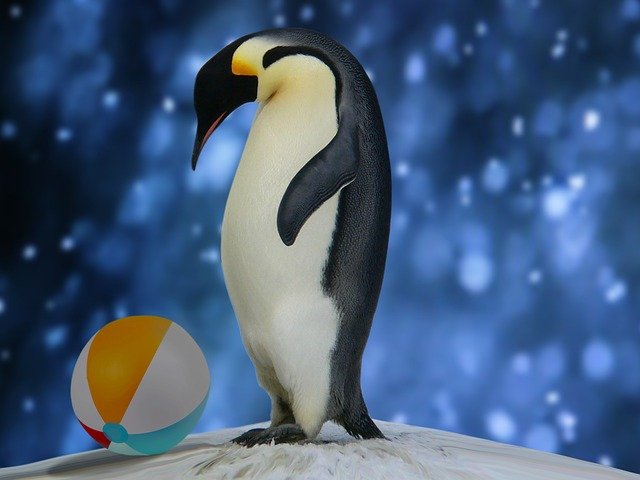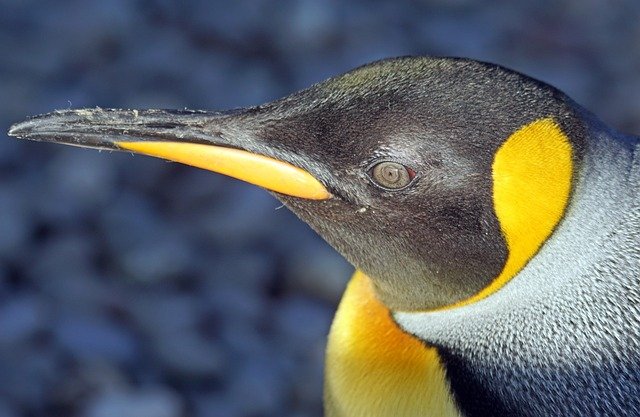"The Evolutionary Adaptations of Penguins: How These Flightless Birds Thrive in the Harsh Antarctic Environment"

The Evolutionary Adaptations of Penguins: How These Flightless Birds Thrive in the Harsh Antarctic Environment
Penguins are fascinating creatures that have evolved remarkable adaptations to survive in the harsh Antarctic environment. Despite being flightless birds, penguins have thrived in some of the coldest and most challenging habitats on Earth. Let's explore some of the key evolutionary adaptations that have allowed penguins to thrive in their icy world:
1. Waterproof Feathers
One of the most important adaptations of penguins is their waterproof feathers. Penguins spend a significant amount of time in the water hunting for fish, squid, and krill. Their feathers are densely packed and coated with a special oil that makes them waterproof, allowing penguins to stay dry and insulated in the frigid waters of the Antarctic.
2. Counter-current Heat Exchange System
Penguins have a unique circulatory system that helps them conserve heat in cold environments. They have a counter-current heat exchange system in their legs and flippers, where warm blood flowing from the body meets cold blood returning from the extremities. This system helps penguins maintain their core body temperature and prevents heat loss in the icy waters.
3. Thick Layer of Blubber
To further insulate themselves from the cold, penguins have a thick layer of blubber under their skin. This layer of fat serves as an energy reserve and helps penguins regulate their body temperature in the freezing Antarctic waters.
4. Streamlined Bodies for Efficient Swimming
Penguins have evolved a streamlined body shape that allows them to move efficiently through the water. Their wings have evolved into flippers, which they use to propel themselves through the water with incredible speed and agility. This adaptation helps penguins catch prey and avoid predators in their aquatic environment.
5. Huddling Behavior
To survive the extreme cold and harsh weather conditions of the Antarctic, penguins have developed a unique huddling behavior. Penguins gather in large groups, huddling together to conserve body heat and protect each other from the elements. This communal behavior helps penguins survive the harsh Antarctic winters.
In conclusion, penguins have evolved a remarkable set of adaptations that allow them to thrive in the harsh Antarctic environment. From their waterproof feathers to their streamlined bodies and unique heat exchange systems, penguins are truly remarkable examples of evolutionary success in extreme environments. Studying these adaptations can provide valuable insights into how animals can adapt to survive in some of the most challenging habitats on Earth.
